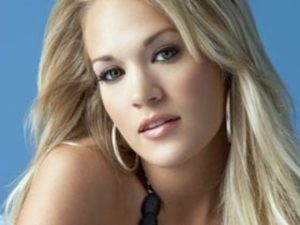“The best colour in the whole world, is the one that looks good, on you!” Coco Chanel
Last post I talked about basic colour theory and explained what occurs to the pure colours that sit on the edge of the colour wheel. I discussed that when white is added to any of these colours (red, orange, yellow, green, blue and violet) they become lighter and milkier and are considered a tint. On the other hand, when grey is added they become smoky and are referred to as a tone, and when black is added we consider that a shade and the hues would be deeper or darker.
This is the exciting thing about colour theory – colours can be changed to create a myriad of colour choices to suit our colouring, life, and wardrobe! This is what I get to share with my clients every week (based on science) my colour analysis system.
With all that said, the next step is to apply the colours that look and work best on you. This is the challenge – to be able to judge whether a certain colour is best on you and if you even like particular colours.
Humans all have an undertone to their skin. Based on skin pigment there are three factors that make up our undertone – melanin, carotene and haemoglobin. It’s the varying levels of these three elements that will determine if we are warm or cool. It’s interesting to note also that most people do in fact have a warm undertone. Some individuals undertone can be quite hard to detect as they sit very close to both the warm and cool spectrum, but will still be one or the other and never both.
So how to we determine if a hue is warm or cool? Warm colours will appear to have a yellowish look to them – think of the sun, warm and yellow. And cool colours will appear bluish to look at – think of the sea, cool and blue. We call this the undertone of a colour and it’s when we match this to our own undertone (warm or cool) that we look our most radiant, balanced and in harmony with our natural colouring.
Clothes and accessories that ‘own’ the same undertone as us look like they’re a part of our natural colouring rather than separated, random, jarring and distracting. Dressing in clothing with the incorrect undertone can drain us of colour making our face appear darker and grey or even yellow and a hint jaundice. This is because when light shines down the colour we are wearing is reflected back up onto our face – perfect for us or not so perfect.
Tip…if you’re unsure and you’ve never had a personal colour analysis, hold up gold (warm) and silver (cool) fabric one at a time under your chin in natural lighting. Notice which one has you looking the brightest and lightest and draws the attention to your face. The one that achieves this is possibly the correct one for you.







